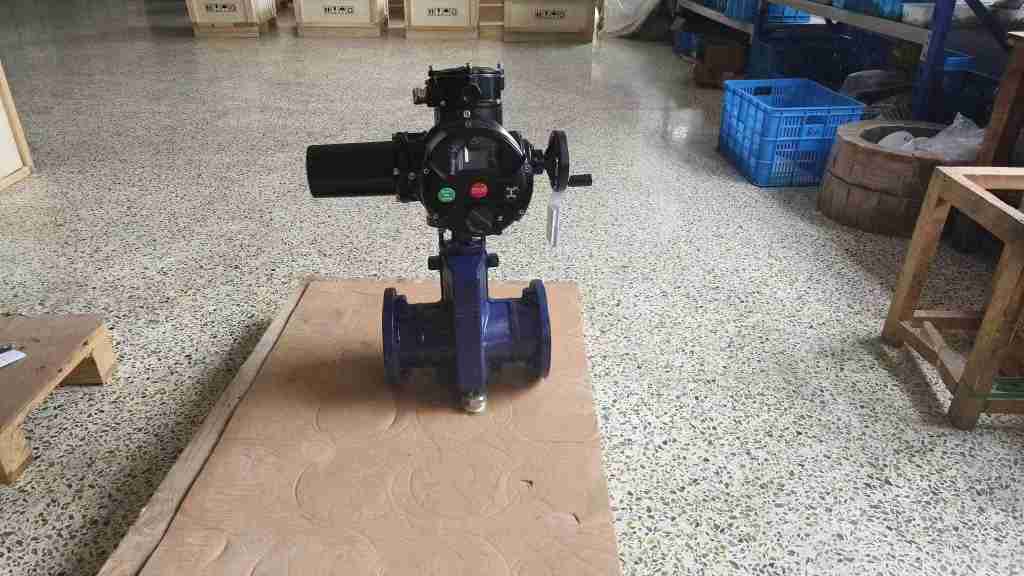understanding electric pinch valve: a modern solution for flow control
Release time:2025-04-21 15:22:36
Electric pinch valves are crucial components in fluid and gas control systems, widely used in various industries, including chemical, food processing, pharmaceuticals, and water treatment. These valves operate based on a unique principle, utilizing a flexible tube to control the flow of materials. In this article, we will explore the working mechanism, advantages, and applications of electric pinch valves, highlighting why they have become a preferred choice for many industries.

What is an Electric Pinch Valve?
An electric pinch valve is a type of control valve that regulates the flow of substances (liquids, gases, or solids) by pinching a flexible tube, which is generally made of rubber or elastomeric materials. Unlike traditional valves, which use moving parts like balls or discs to block or allow the flow, pinch valves use a more straightforward method. When activated, the valve's actuator compresses the flexible tube, closing or partially obstructing the flow, and when released, it allows the flow to resume.
The "electric" aspect of the pinch valve refers to the actuator mechanism, which is powered by electricity. This eliminates the need for manual operation, providing automated control over the flow in the system. Electric pinch valves are often equipped with sensors and controllers that allow them to respond to changes in pressure, flow rate, or other process parameters.

